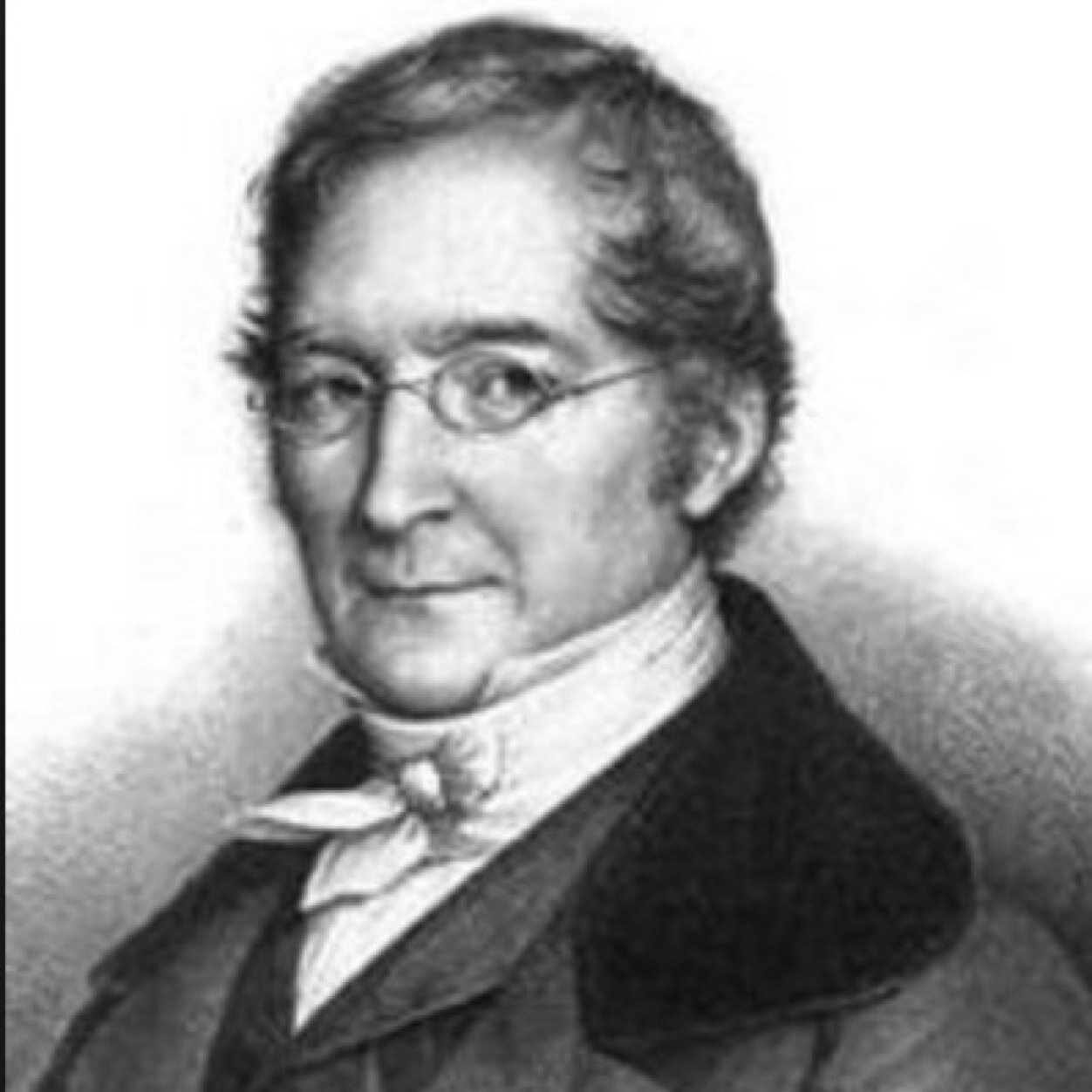- On 5 July 1804 Avogadro was elected a corresponding member of the Academy of Sciences of Turin, and on 21 November 1819 he became a full member of the Academy. His name is conspicuously absent from the foreign membership of the Paris Academy of Sciences and the Royal Society of London.
- Full name of Avogadro. He explained why compounds reacted in define ratios and on how the amount of gas affects it's volume.
- Avogadro’s number, number of units in one mole of any substance (defined as its molecular weight in grams), equal to 6.02214076 × 10 23. The units may be electrons, atoms, ions, or molecules, depending on the nature of the substance and the character of the reaction (if any).See alsoAvogadro’s law.
Learning Objective
The commonly accepted definition of Avogadro’s number is the number of atoms in exactly 12 g of the isotope 12C, and the quantity itself is 6.02214199(47) × 1023.1 A bit of information about Avogadro seems appropriate. His full name was Lorenzo Romano Amedeo Carlo Avogadro (almost a mole of letters in his name).
- Define and memorize Avogadro’s number
Key Points

- The mole allows scientists to calculate the number of elementary entities (usually atoms or molecules) in a certain mass of a given substance.
- Avogadro’s number is an absolute number: there are 6.022×1023 elementary entities in 1 mole. This can also be written as 6.022×1023 mol-1.
- The mass of one mole of a substance is equal to that substance’s molecular weight. For example, the mean molecular weight of water is 18.015 atomic mass units (amu), so one mole of water weight 18.015 grams.
Term

- moleThe amount of substance of a system that contains as many elementary entities as there are atoms in 12 g of carbon-12.
The chemical changes observed in any reaction involve the rearrangement of billions of atoms. It is impractical to try to count or visualize all these atoms, but scientists need some way to refer to the entire quantity. They also need a way to compare these numbers and relate them to the weights of the substances, which they can measure and observe. The solution is the concept of the mole, which is very important in quantitative chemistry.
Avogadro’s Number
Amadeo Avogadro first proposed that the volume of a gas at a given pressure and temperature is proportional to the number of atoms or molecules, regardless of the type of gas. Although he did not determine the exact proportion, he is credited for the idea.
Avogadro’s number is a proportion that relates molar mass on an atomic scale to physical mass on a human scale. Avogadro’s number is defined as the number of elementary particles (molecules, atoms, compounds, etc.) per mole of a substance. It is equal to 6.022×1023 mol-1 and is expressed as the symbol NA.
Avogadro’s number is a similar concept to that of a dozen or a gross. A dozen molecules is 12 molecules. A gross of molecules is 144 molecules. Avogadro’s number is 6.022×1023 molecules. With Avogadro’s number, scientists can discuss and compare very large numbers, which is useful because substances in everyday quantities contain very large numbers of atoms and molecules.
The Mole
The mole (abbreviated mol) is the SI measure of quantity of a “chemical entity,” such as atoms, electrons, or protons. It is defined as the amount of a substance that contains as many particles as there are atoms in 12 grams of pure carbon-12. So, 1 mol contains 6.022×1023 elementary entities of the substance.
Chemical Computations with Avogadro’s Number and the Mole
Avogadro’s number is fundamental to understanding both the makeup of molecules and their interactions and combinations. For example, since one atom of oxygen will combine with two atoms of hydrogen to create one molecule of water (H2O), one mole of oxygen (6.022×1023 of O atoms) will combine with two moles of hydrogen (2 × 6.022×1023 of H atoms) to make one mole of H2O.
Another property of Avogadro’s number is that the mass of one mole of a substance is equal to that substance’s molecular weight. For example, the mean molecular weight of water is 18.015 atomic mass units (amu), so one mole of water weight 18.015 grams. This property simplifies many chemical computations.
If you have 1.25 grams of a molecule with molecular weight of 134.1 g/mol, how many moles of that molecule do you have?
[latex]1.25g times frac{ 1 text{ mole}}{134.1g}=0.0093 text{ moles}.[/latex]
Show Sources


Boundless vets and curates high-quality, openly licensed content from around the Internet. This particular resource used the following sources:
Full Name Of Avogadro
http://www.boundless.com/
Boundless Learning
CC BY-SA 3.0.
http://www.chem1.com/acad/webtext/intro/int-2.html#SEC2
Steve Lower’s Website
CC BY-SA.
http://en.wiktionary.org/wiki/mole
Wiktionary
CC BY-SA 3.0.
http://en.wikipedia.org/wiki/Mole_(unit)
Wikipedia
CC BY-SA 3.0.
http://en.wikipedia.org/wiki/Avogadro_constant
Wikipedia
CC BY-SA 3.0.
Full Name Of Avogadro
http://en.wikipedia.org/wiki/Avogadro_constant%23mediaviewer/File:Avogadro_Amedeo.jpg
Wikimedia
Public domain.
